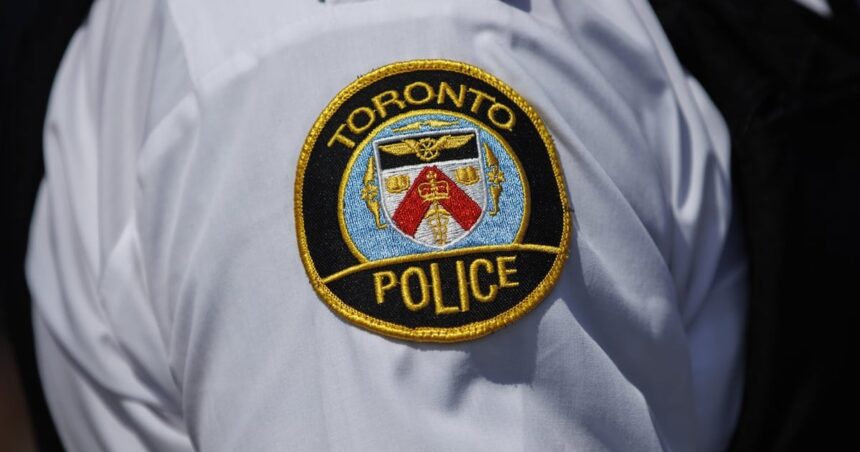I was scrolling through my news feed on Saturday when the headline about a Toronto stick attack caught my attention. As someone who’s tracked hate crime patterns across Canada for the past decade, I’ve noticed a troubling trajectory. This particular incident represents more than just an isolated case of violence – it reflects broader tensions bubbling beneath the surface in our urban centers.
Toronto police arrested a man yesterday after he allegedly yelled racial slurs and attempted to assault someone with a large stick near Danforth and Victoria Park avenues. Officers responded to the call around 4:15 p.m., where witnesses described a man shouting hateful language before brandishing what police described as a “weapon-like object.”
According to Detective Sarah Nguyen, who I spoke with following the arrest, “This case is being investigated as a hate-motivated assault. The victim was targeted specifically because of their perceived background.”
The accused, a 37-year-old Toronto resident, now faces multiple charges including assault with a weapon, uttering threats, and possession of a weapon dangerous to public peace. Court documents I reviewed show he’s being held for a bail hearing at Toronto East Court.
What makes this case particularly significant is its classification. The Toronto Police Service Hate Crime Unit has been consulted, elevating the investigation’s priority. Under the Criminal Code of Canada, hate motivation isn’t a standalone charge but serves as an aggravating factor during sentencing.
“When we determine hate motivation, it fundamentally changes how we approach a case,” explained Crown Attorney James Wilkinson, who has prosecuted several similar cases. “The courts take bias-motivated crimes very seriously because they impact not just the individual victim but create fear throughout entire communities.”
Statistics Canada data shows hate crimes reported to police increased 27% nationally between 2020 and 2021, reaching their highest level since tracking began in 2009. Toronto specifically saw a 22% increase during this period.
The Canadian Civil Liberties Association has raised concerns about this trend. In my conversation with their legal director, Cara Zwibel, she emphasized that “hate crimes create a ripple effect of harm. They send the message that certain groups don’t belong or aren’t safe in public spaces.”
I visited the intersection where the incident occurred yesterday afternoon. The area bustles with diversity – small businesses operated by first and second-generation Canadians, families pushing strollers, seniors chatting on benches. Community members I spoke with expressed both shock and resignation.
“I’ve lived here twenty years,” said business owner Mei Lin, whose shop faces the intersection. “Things like this didn’t happen before. Now we worry more.”
What makes this case representative of a larger pattern is how it reflects the increasing brazenness of public bias-motivated incidents. Dr. Barbara Perry, Director of the Centre on Hate, Bias and Extremism at Ontario Tech University, explained to me that “we’re seeing a shift from anonymous online hate to public confrontations. Perpetrators feel emboldened in ways they didn’t five years ago.”
Police have not released specific details about what slurs were used or the victim’s identity, citing privacy concerns and the ongoing investigation. However, they confirmed the victim did not require hospitalization.
The neighborhood association has planned a community gathering for next week in response. “We need to reclaim our public spaces,” organizer Jamal Hassan told me. “When hate happens here, we stand together.”
For legal observers, this case raises questions about how effectively our justice system addresses hate crimes. Barbara Jackman, a prominent human rights lawyer I’ve interviewed previously on related cases, notes that “there’s often a gap between what communities experience as hate and what prosecutors can prove in court.”
City Councillor Paula Fletcher has called for increased community policing in response to the incident. “Our diversity is our strength,” she stated in a press release issued this morning. “But that strength requires active protection and community engagement.”
The accused is scheduled to appear in court on Monday. If convicted, he could face up to ten years for the assault with a weapon charge alone, with potential enhancement based on hate motivation.
As I walked away from the intersection where this occurred, I couldn’t help but notice the security cameras being installed at three nearby businesses – a visible reminder that safety concerns are reshaping our urban landscape in ways both subtle and profound.






